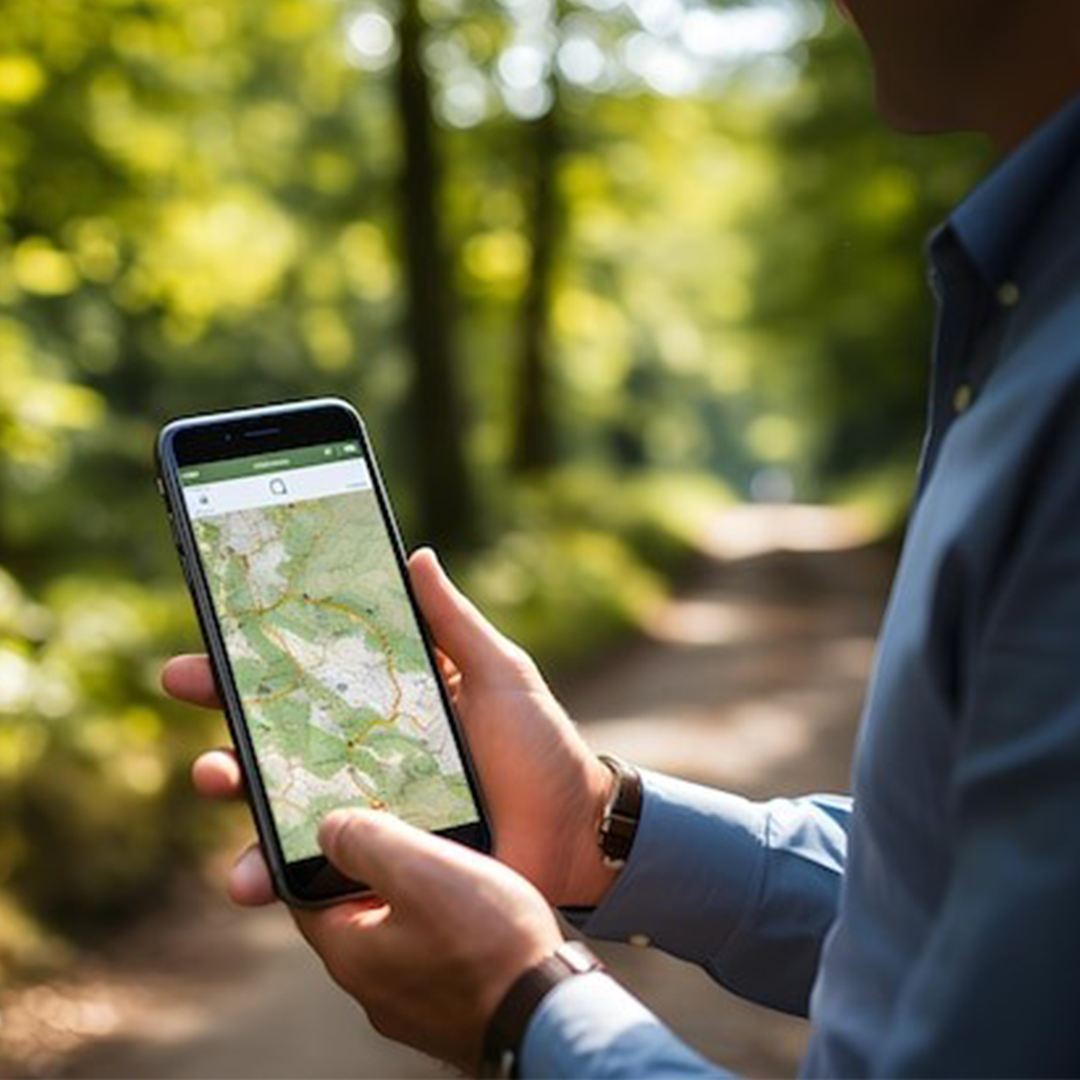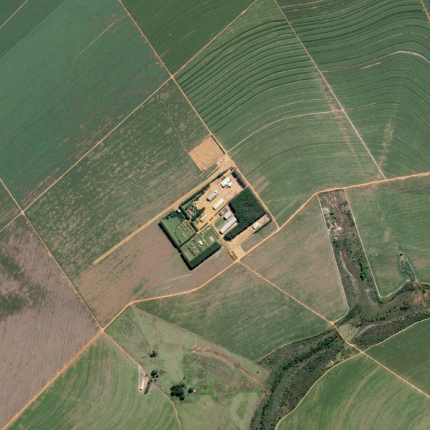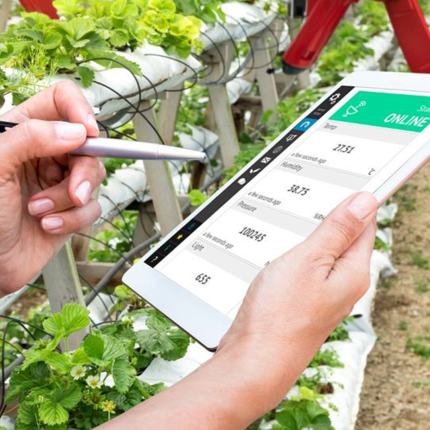Description
Overview of Remote Sensing Using LoRaWAN
Remote Sensing systems using LoRaWAN have gained significant traction in various industries due to their ability to transmit data over long distances with low power consumption. These systems are ideal for applications where sensor nodes are deployed across vast, remote areas for environmental monitoring, agricultural management, or smart infrastructure. LoRaWAN ’s unique capability to support large-scale deployments of remote sensing devices ensures that data from sensors, such as temperature, humidity, or soil moisture, is relayed efficiently to central systems for analysis.
The long-range communication and energy efficiency of LoRaWAN make it a preferred choice in Remote Sensing applications that require continuous, real-time data acquisition. Moreover, its scalability allows the integration of thousands of remote sensing nodes, providing comprehensive insights into large geographic areas.
Applications in Remote Sensing Using LoRaWAN
- Environmental Monitoring
- Agricultural Monitoring
- Wildlife Tracking
- Forest Management
- Disaster Management
- Urban Planning
- Climate Change Studies
- Water Quality Monitoring
- Air Quality Monitoring
- Soil Moisture Measurement
- Precision Farming
- Flood Detection
- Landslide Monitoring
- Smart Irrigation
- Coastal Erosion Monitoring
- Weather Station Data Collection
- Pollution Tracking
- Smart Agriculture
- Resource Management
- Energy Management
- Infrastructure Monitoring
- Remote Weather Sensing
- Snow and Ice Monitoring
- Seismic Activity Monitoring
- Oceanographic Studies
- Marine Traffic Monitoring
- Airborne Particulate Matter Measurement
- Radiological Monitoring
- Forest Fire Detection
- Crop Health Monitoring
Technical Specifications of GAO Tek Remote Sensing Using LoRaWAN
LoRaWAN end devices in Remote Sensing Systems
In Remote Sensing systems, LoRaWAN (Long Range Wide Area Network) end devices are essential components that facilitate the collection and transmission of data over large distances. These end devices are typically attached to various sensors and instruments designed to gather environmental or spatial data. Deployed across vast geographical regions, these devices are frequently used in fields such as agriculture, environmental monitoring, smart cities, industrial operations, and disaster management. The end devices are connected to sensors measuring a range of parameters, including temperature, humidity, soil moisture, water quality, air pollution, and even seismic or geological activity.
The placement of LoRaWAN end devices depends on the specific Remote Sensing application. For instance, in agricultural Remote Sensing, end devices may be strategically placed across fields to monitor soil conditions, crop health, or weather patterns, enabling farmers to make data-driven decisions. In environmental monitoring, these devices might be affixed to trees in forests or near riverbanks to track ecosystem health, including changes in water quality, wildlife activity, or air pollution levels. When attached to infrastructure in smart city applications, these devices can help monitor air quality, traffic conditions, and utility usage. The compact size, long battery life, and ability to operate in challenging outdoor environments make LoRaWAN end devices highly suitable for continuous data collection over long periods.
LoRaWAN end devices serve as critical nodes within the broader Remote Sensing system architecture. These devices are directly connected to sensors, and they transmit the collected data to nearby LoRaWAN gateways, which are typically installed on towers or buildings. The gateways act as relays, sending the sensor data to remote servers via the internet for further processing and analysis. This efficient data flow enables real-time monitoring, allowing organizations to respond promptly to changes or emergencies in the monitored environment.
LoRaWAN Gateways in Remote Sensing Systems
In Remote Sensing systems, LoRaWAN gateways play a crucial role in connecting remote sensors to central networks. Their installation is strategically planned to maximize coverage and ensure reliable data transmission. For agricultural Remote Sensing, gateways are often mounted on elevated structures like communication towers or rooftops. This positioning helps cover extensive areas, enabling efficient data collection from soil moisture sensors, crop health monitors, and weather stations spread across large fields.
In environmental monitoring, gateways are typically placed on high vantage points such as hilltops or ridges. This placement provides a broad line of sight, crucial for overcoming natural obstacles and maintaining strong communication links with sensors in remote areas like forests or wetlands. These installations often involve securing the gateway on a sturdy structure, using custom mounts or brackets designed to withstand harsh weather conditions, including high winds or snow.
The installation process involves selecting a stable, elevated location to minimize signal interference and maximize coverage. Gateways are securely anchored and powered, with options like solar panels or wind turbines used in remote locations to ensure a continuous power supply. Connectivity is established through a wired or wireless backhaul, enabling the gateway to forward data from LoRaWAN end devices to the central network server. Proper installation and positioning are essential for the efficient operation of Remote Sensing systems, ensuring accurate and timely data transfer for applications ranging from agricultural management to environmental conservation.
Cloud Systems
GAO LoRaWAN Cloud Systems consist of the following parts:
GAO LoRaWAN Gateways and End Devices
- LORAWAN
- LoRaWAN Gateways
- LoRaWAN End Devices
- LoRaWAN Accessories
- LoRaWAN – Cloud, Server, PC & Mobile Systems
- LoRaWAN Resources
- LoRaWAN Systems
GAO LoRaWAN Cloud Services Engine
Cloud Infrastructure, LoRaWAN Middleware, Data Analytics and Business Intelligence, and Security Measures.
Integration APIs
APIs enable seamless integration between the LoRaWAN solution and existing remote sensing systems such as POS, inventory management, and e-commerce platforms, allowing for data exchange and synchronization.
Server, PC & Mobile Systems
GAO Server, PC & Mobile LoRaWAN Systems are composed of:
LoRaWAN Gateways and LoRaWAN End Devices
GAO Server, PC & Mobile Software Engine LoRaWAN
Servers, PCs, Mobile Computing Devices and Infrastructure, Middleware Software, and Database Management System.
Integration with Remote Sensing Systems
The server, PC and mobile solution integrates with existing remote sensing systems such as inventory management, asset management, point-of-sale (POS), and enterprise resource planning (ERP) systems. Integration is achieved through APIs, database connections, or middleware adapters, enabling seamless data exchange and synchronization.



